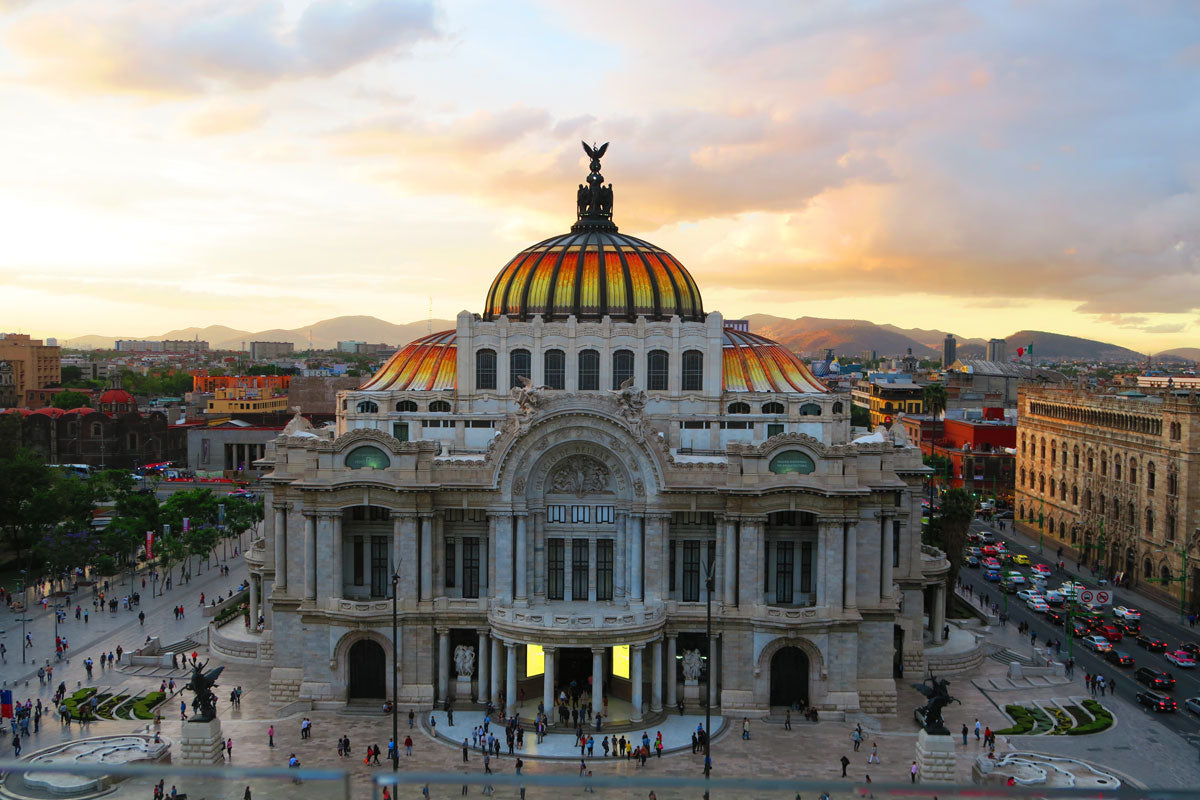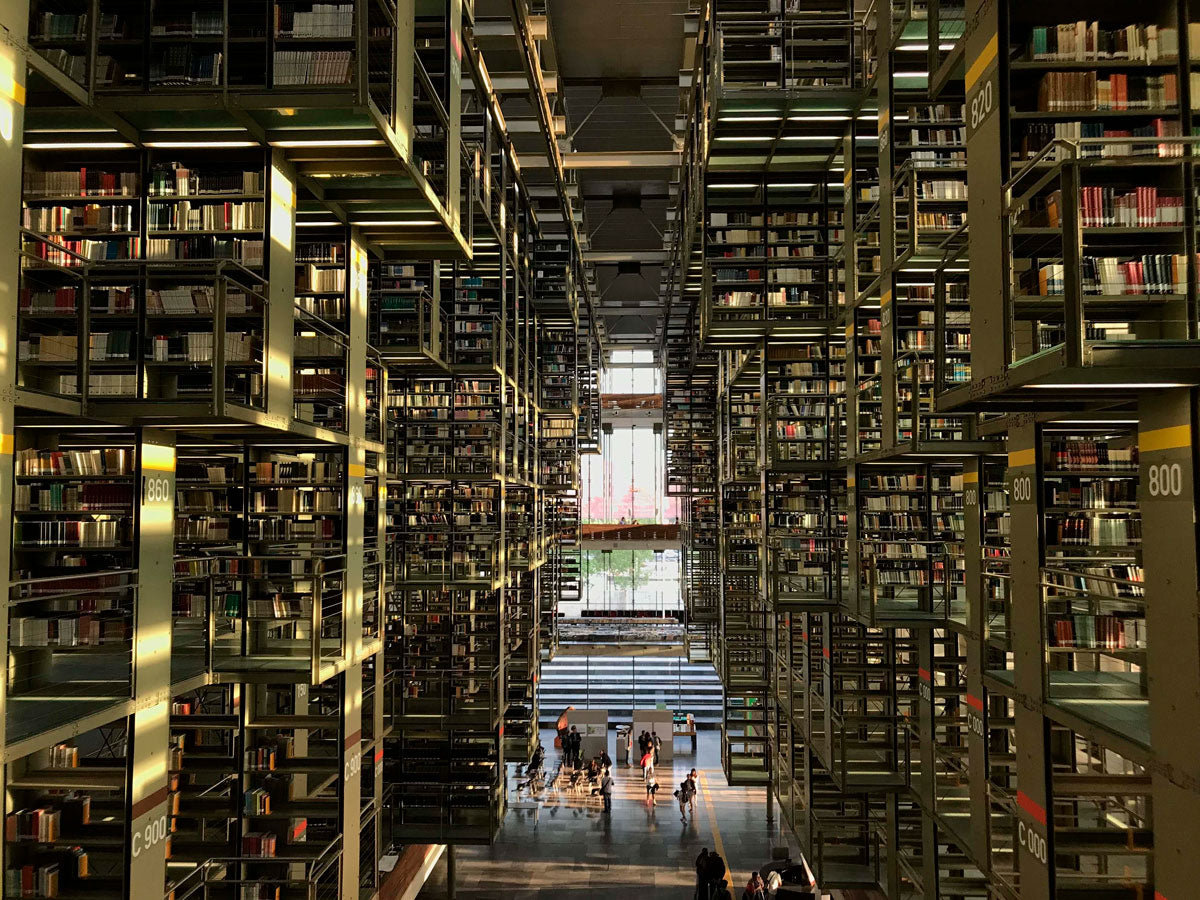Mexico City, tourist attraction and home of over 21 million people, enormous and eternal, filled with history, culture, gastronomy, science, art, and architecture. A visual delight that contrasts against noise, chaos, and traffic jams; the Mexican capital is at once maddening and hypnotizing.
With no particular style, the city is inclined to house some of architecture’s most important currents and through masters like Luis Barragán, Mario Pani, Ricardo Legorreta Vilchis, Juan O'Gorman, Tatiana Bilbao, and Enrique Norten (just to name a few), it positions the country as architectural reference.
The Mexican scene has always been on the spotlight, home of numerous vanguards during the Porfirio Díaz era, a window to the first world was created and beauty became heaven for the minds in the scene, the Fine Art Palace (declared World Heritage Site by UNESCO in 1987) and the Postal Service Palace are two examples. Large-scale constructions characterized by their beauty welcomed Art Nouveau (1894-1910), which stood out for the creation of items that offered practical uses and was an aesthetic stimulus for the senses. Its inspiration comes from the colors found in nature, curves, women, and beauty.

Always following the steps of Art Nouveau, Art Deco touches the urban landscape and offers buildings like the Monument to Revolution and the Basurto Building, this vanguard is a criticism against austerity. Practically at the same time, functionalism was introduced during the post-revolution years, architects wanted to leave the porfiriato days behind along with its fine arts, focusing on the country’s needs and their solutions. An example: the Nonoalco neighborhood in Tlatelolco, designed by Mario Pani in mid 20th century.
One of the most important buildings of modernity in Latin America is the central campus of Mexico City’s University, UNAM, built between 1949 and 1952. The project was executed by more than 60 architects, engineers, and artists, whose result was the creation of an exemplary monumental set of modernism from the 20th century, where urbanism, architecture, engineering, landscaping, and fine arts meet, associating all these elements with references to local traditions and especially to Mexico’s pre-Hispanic past.
Mexican brutalism is present between 1960 and 1980, concrete monsters rise to end with pretensions. The embassy of Japan in Mexico used up Béton Brut, project by Pritzker Prize winner, Kenzo Tange and architect Pedro Ramírez Vázquez; another brutalism model is Centro Cultural Universitario, designed by Orso Núñez Ruiz-Velasco and Arcadio Artis Espriu.
The 21st century is a time where the greatest amount of works have been built, the architectural boom comes along with technological breakthroughs, shopping malls, housing parks, and recreation areas, becoming the focus of the time. A model that stands out is the Vasconcelos Library, by Alberto Kalach. Constructions seek for sustainability and the blend of technology with it, making the architectural path go towards the sustainable futuristic concept.


